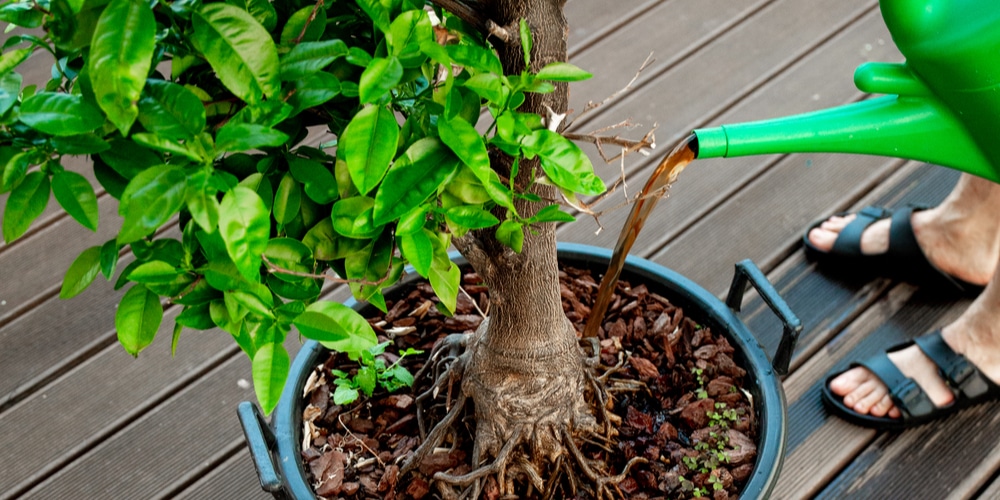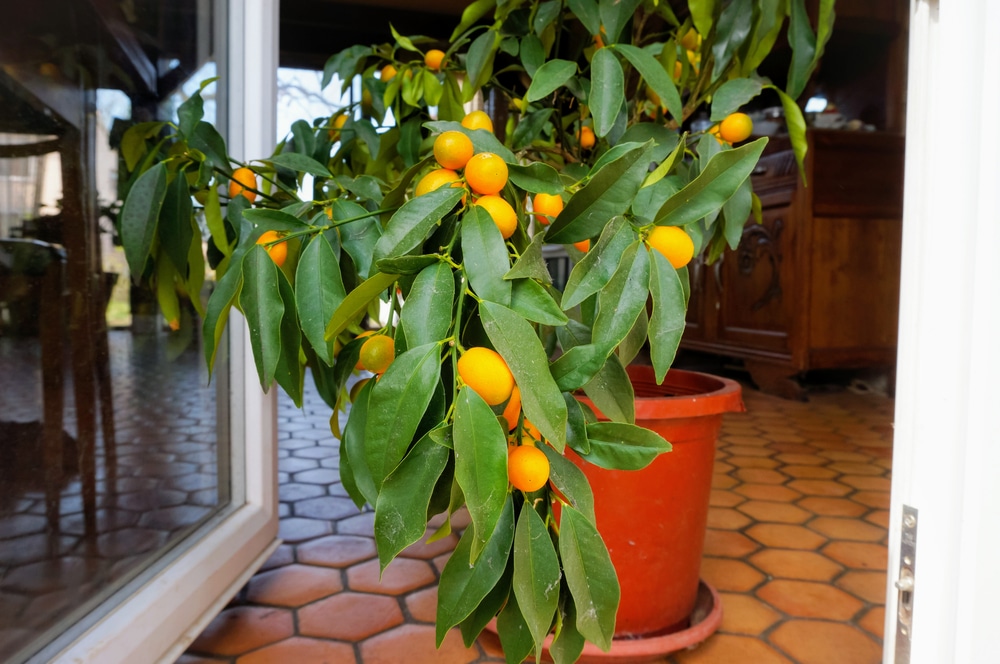If you’re like most people, you probably think of lemons as a tart and acidic fruit that’s great for adding flavor to food or drinks. But did you know that lemons also have a host of medicinal benefits? And they can be grown indoors, even if you don’t have a lot of space. This article will discuss indoor lemon tree growth stages so that you’ll know what to expect as your tree grows.
We will also provide tips on how to care for your lemon tree so that it stays healthy and produces plenty of lemons.
Indoor lemon tree growth stages
Your lemon tree will go through many stages as it grows and reaches maturity. These will typically include a germination stage, a seedling stage, and a vegetative growth stage. Finally, the tree will reach maturity and start to produce fruit.
Planting and germination
Lemon trees should be planted in well-draining soil rich in nutrients with a pH range of between 5.5 and 6.5. You can buy potting soil that’s been created for citrus trees. Alternatively, add some peat moss and perlite to a standard potting mixture.
During germination, your tree will begin to sprout from its seeds. This typically happens about two to four weeks after the seeds are planted. You may notice small leaves and stems emerging from the soil or roots appearing in your pot.
After planting and during germination, it’s crucial to keep your plant pot in a warm sunny location and ensure that the soil is moist. You can create a micro climate in cooler climates by covering the pot with a plastic bag.
Seedling stage
As your tree enters the seedling stage, it will begin to put on more growth and become taller. This is typically when the roots are becoming well-established in your pot, with new leaves and shoots also appearing. During this stage, the plant is still young and delicate. It’s essential to continue to water the seedling regularly and don’t expose it to dramatic temperature changes.
Vegetative growth stage
In the vegetative growth stage, your lemon tree will fully take shape. It will begin to spread its branches outward and produce more leaves. You may even find flower buds appearing on your tree in the spring as it reaches full maturity.
Maturity
Once your indoor lemon tree is in its second year of growth, it will become well-established and produce flowers in the spring months. The blooms will turn into fruit during the summer.
It’s worth noting that indoor lemon trees are often grown for their ornamental value, and some never produce fruit or only produce small fruits that are inedible.
How to care for an indoor lemon tree
As your lemon tree grows, there are a few essential things that you need to keep in mind if you want it to thrive. These include ensuring that your tree gets plenty of sunlight and water, maintaining proper temperatures, and fertilizing regularly.
The best type of fertilizer for an indoor lemon tree is one that’s been specifically designed for citrus trees.
Additionally, you may need to support your tree as its branches begin to spread and become heavy with fruit. You can lightly prune your tree in the winter or early spring to help maintain its size and shape.
Conclusion
Whether you’re looking to improve your health or just want a fun and rewarding gardening project, an indoor lemon tree is sure to be a great choice. If you follow these tips, your indoor lemon tree should reach its full potential and produce plenty of tart and delicious lemons for you to enjoy.

